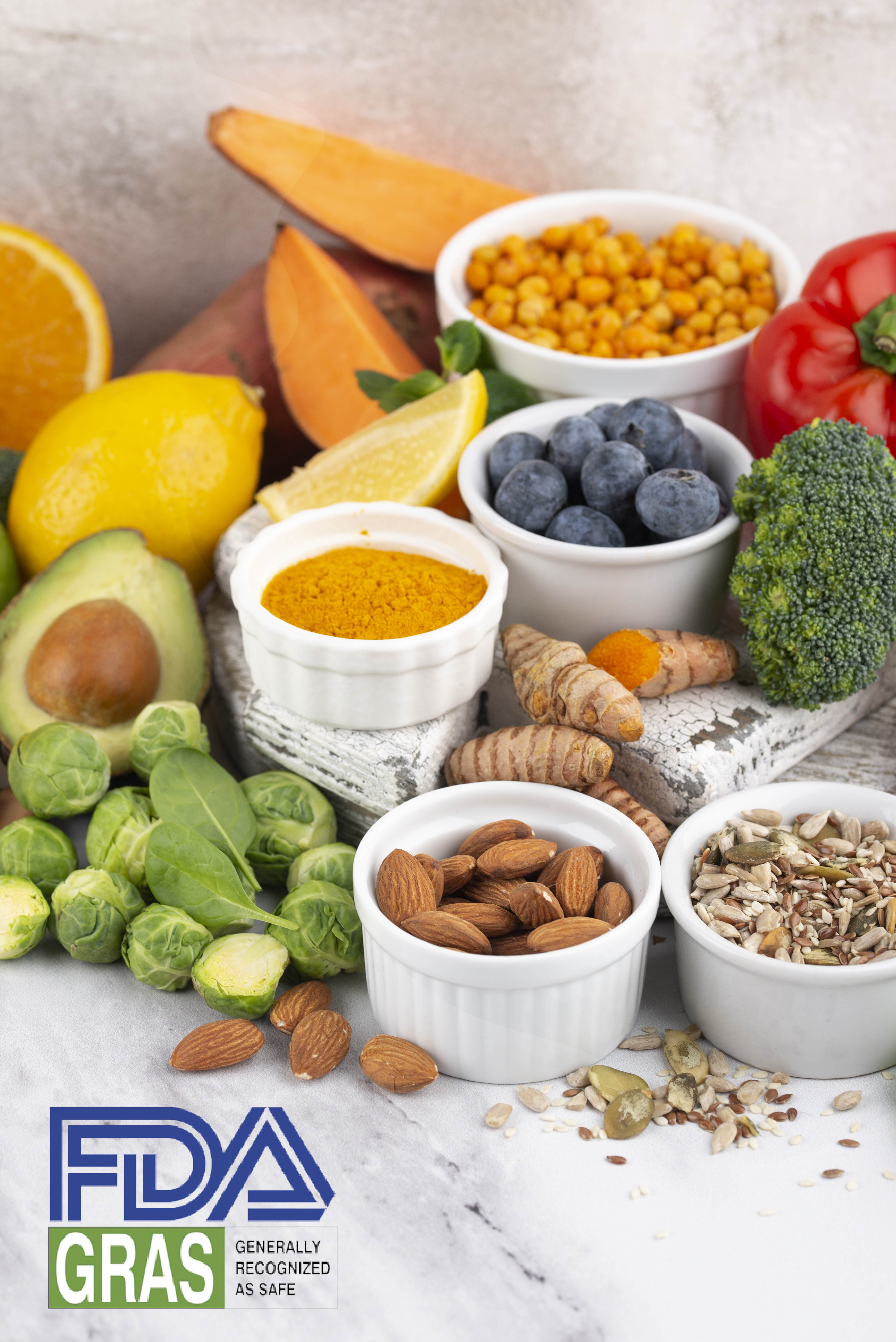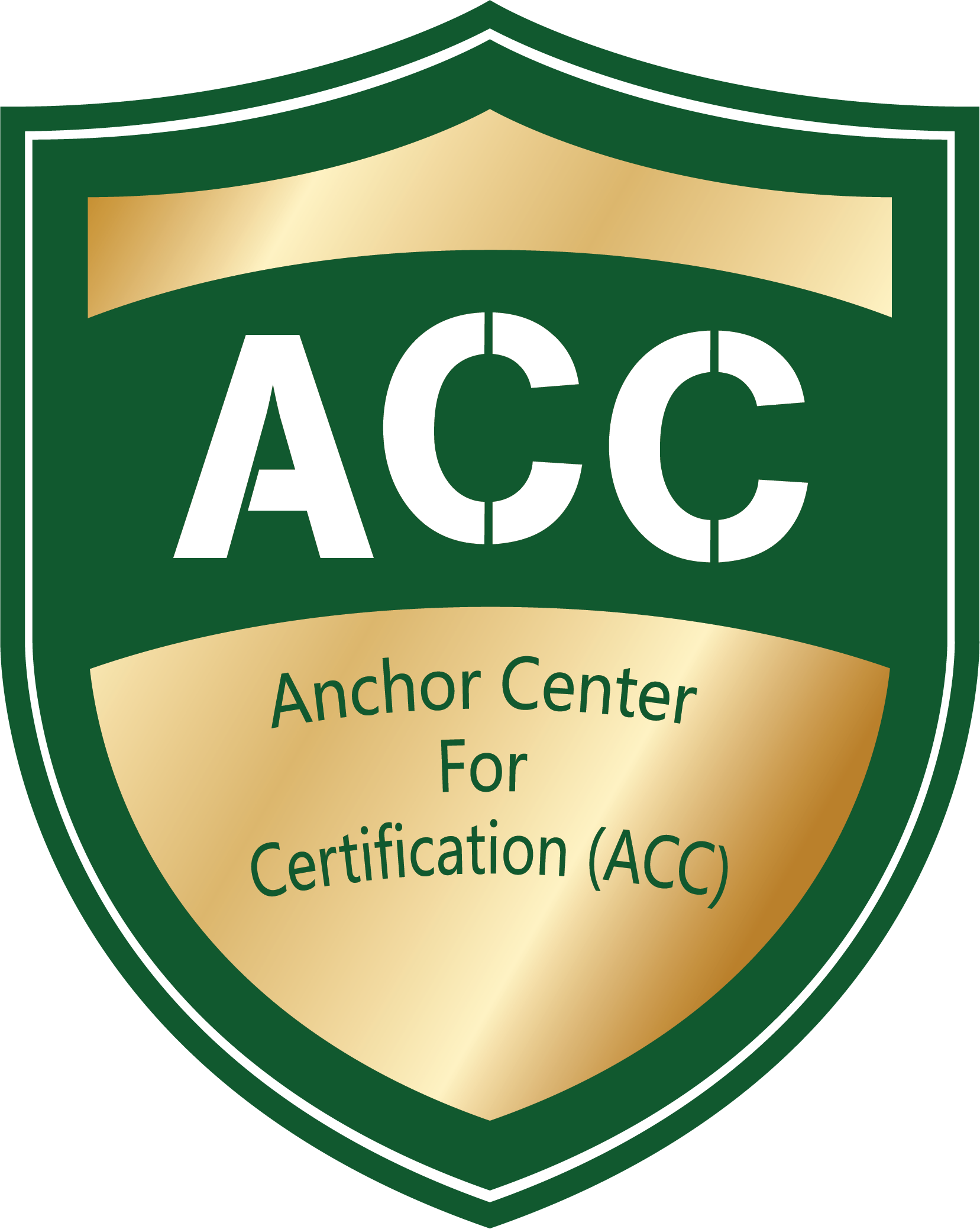

Generally Recognized as Safe (GRAS)
The U.S. Food and Drug Administration (FDA) classifies certain food ingredients as "Generally Recognized as Safe" (GRAS). Under the Federal Food, Drug, and Cosmetic Act, food additives typically require FDA approval. However, a substance can be designated as GRAS if it is widely recognized as safe by qualified experts based on scientific evidence or a history of common use in food before 1958.
GRAS status can be determined through:
1. Scientific Procedures:
Safety is supported by publicly available scientific data, often published in peer-reviewed literature.
2. Common Use in Food:
A substance with a long history of consumption before 1958 may qualify as GRAS if its safety is well-documented.
Manufacturers can voluntarily notify the FDA of a GRAS determination. The FDA may respond by stating it has no questions, requesting more data, or ceasing evaluation upon request. However, the responsibility for ensuring safety and compliance remains with the manufacturer. The FDA maintains a public inventory of GRAS notices to promote transparency. The GRAS designation allows for the use of certain food substances without formal FDA approval, facilitating innovation while ensuring consumer safety.
Stay in touch